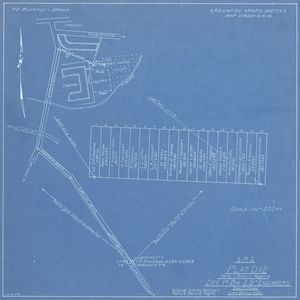
There are new details to report about my granduncle, Russell T. Stewart, who was killed in action during World War I. It was common to bury fallen soldiers near where they died. For several years after the war, their remains were subsequently exhumed and their identity confirmed. They were then reburied in France, or returned to their families in the United States for funerals here.
It is somewhat fortunate that Russell was first buried at a relatively nice place, rather than in an open field or dense forest. He died during a battle just northwest of Imécourt, France on November 2, 1918. His body was returned to the town of Imécourt and buried by a regimental burial detail on the grounds of the Chateau d’Imécourt. There were eighteen altogether. In fact he was buried next to Grover D. Selvey and Aaron Carter, and all three were in Company M.
The Chateau was a large, palatial country estate built about 1699. On an April 1918 artillery range map, the Chateau is the square structure with a center courtyard on the south edge of Imécourt.1 It was used by the Germans as a hospital. It sustained heavy damage from artillery shells by November 1918 and parts of the structure were obliterated.
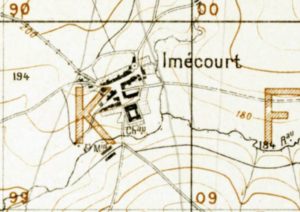
A makeshift cemetery, Army Cemetery 717, was set near the garden of this once grand estate. After the war, these graves were meticulously surveyed as to their exact location and the identities of those buried there. In one of these surveys2, the ruins of the Chateau are shown with the western side of the structure demolished.
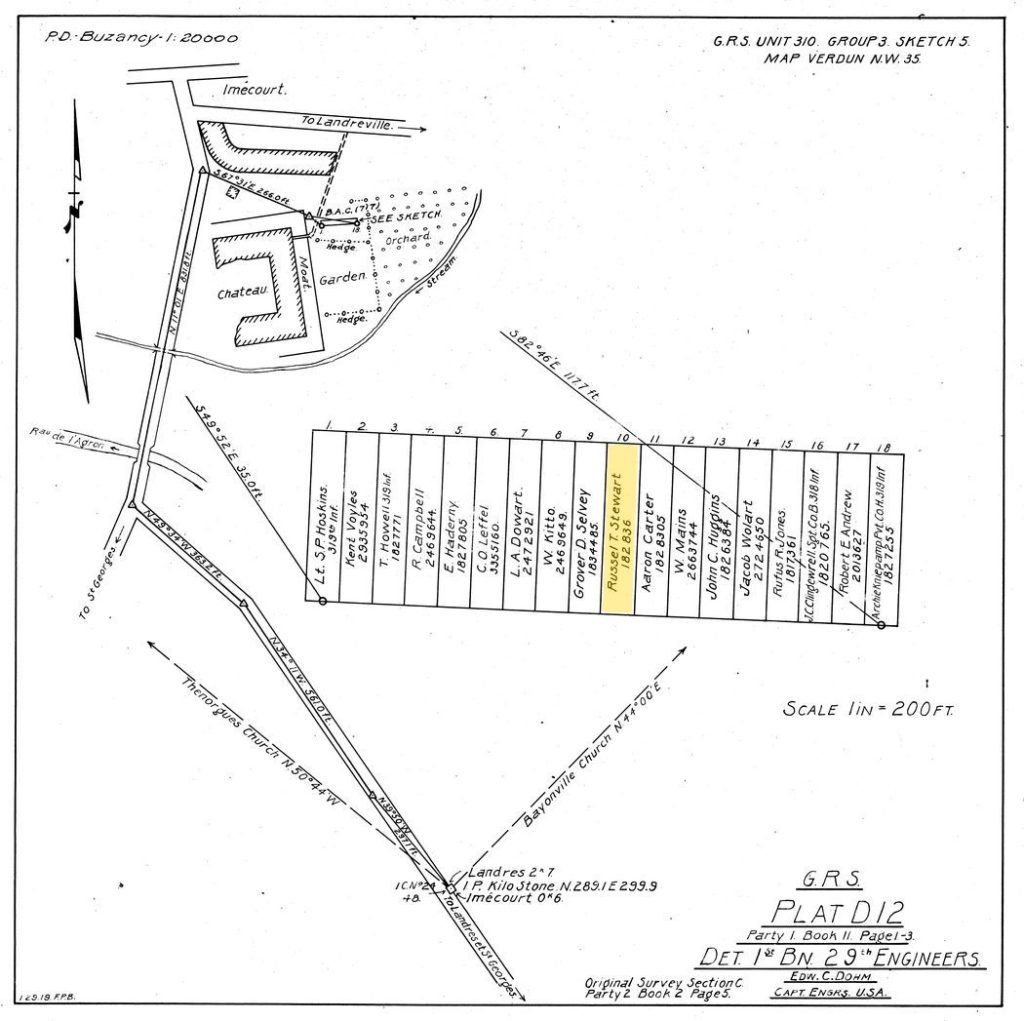
On the east side was a garden and orchard. The cemetery was a small rectangular area near a hedge with the words “see sketch.” The graves in that area are shown as a large inset sketch. Russell Stewart was buried here in grave number 10.
Further evidence shows the disposition of Russell Stewart’s remains after the war. A burial record card3 indicates he was in grave 9, whereas the survey indicates grave 10. Hopefully that was a typographical error, and not some confusion in identifying his remains.

Russell was exhumed the following spring and on April 15, 1919 he was reburied near the area that would become the Meuse-Argonne American Cemetery and Memorial near Romagne-sous-Montfaucon, Lorraine, France.
The photograph number, D-8314, corresponds with the photograph we have of his grave.4 It was perhaps mailed to his mother on December 28, 1919. So this is a picture of his second burial site.
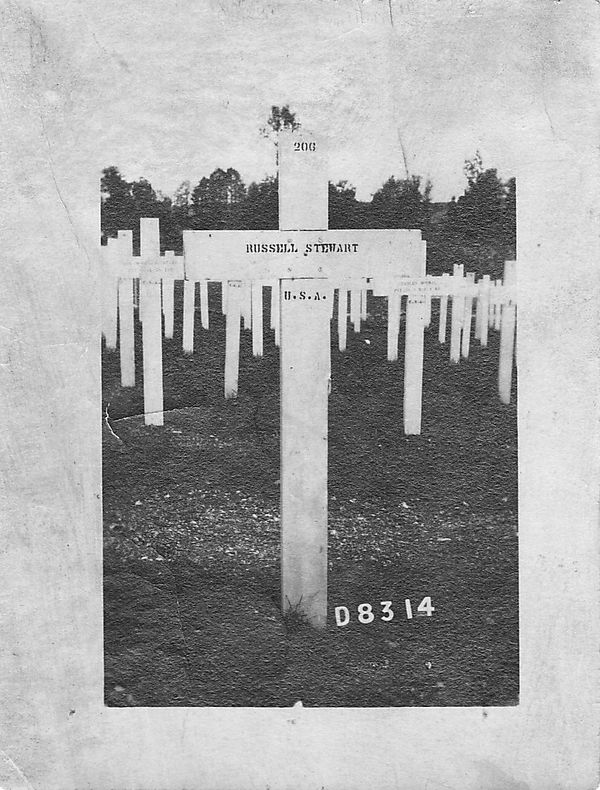
Perhaps on January 20, 1920, the family was asked whether they wanted Russell’s remains returned to the United States, or interred at the national cemetery in France. It was a difficult decision and they probably thought it would be a greater honor for him to remain in France.
As the Meuse-Argonne American Cemetery was being constructed, Russell Stewart was again exhumed and reburied in his third and final resting place on December 24, 1921, three years after he died. The family was apparently not notified of this until June 12, 1923. Unfortunately his mother Mary Stewart had died just two weeks before that notice. It was probably a number of years later before the marble crosses we see today were installed.5
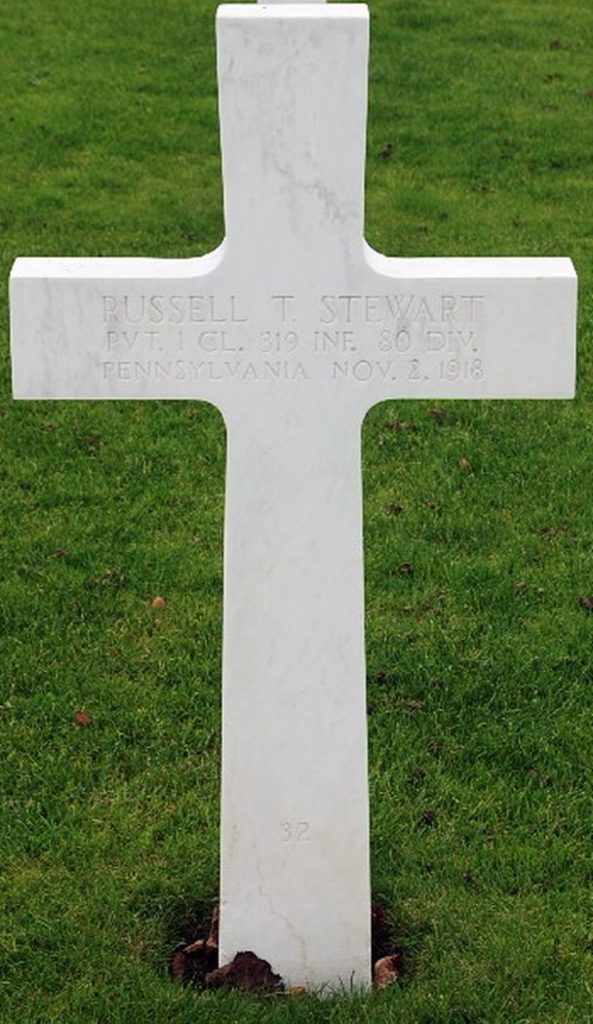
A Connection to Historical Photographs
As the 80th Infantry Division pursued the retreating enemy on November 3, 1918, Maj. Gen. Cronkhite established his command post at the Chateau d’Imécourt. This video shows the General looking out from one of its windows upon Imécourt.6 Actually, Russell’s body was only a few hundred feet away as this video was taken.
To get a better idea, it interesting to examine photographs of the time. Here Maj. Gen. Cronkhite looks out the same window as in the video.7 The main road through Imécourt is below, meaning he is standing at the northwest corner of the building facing north.
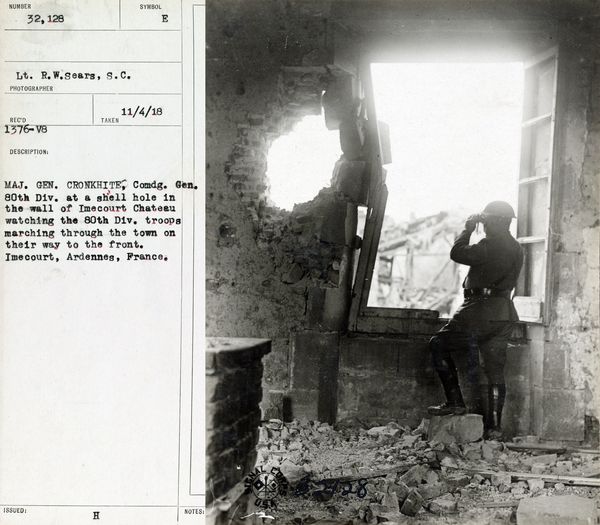
Here the same window is shown relative to a bricked-in window further to the left and a fireplace:
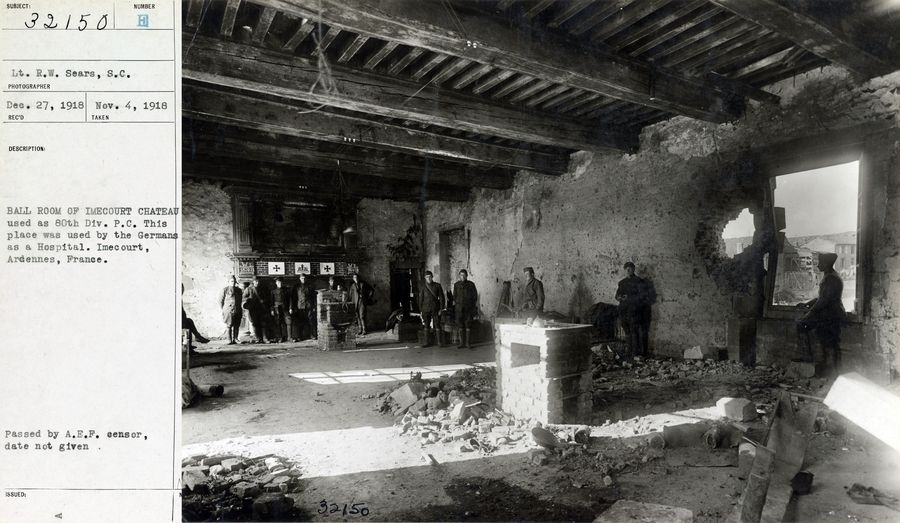
The fireplace is below the chimney on that side of the building, meaning the window of the room in question is probably the one indicated here:8
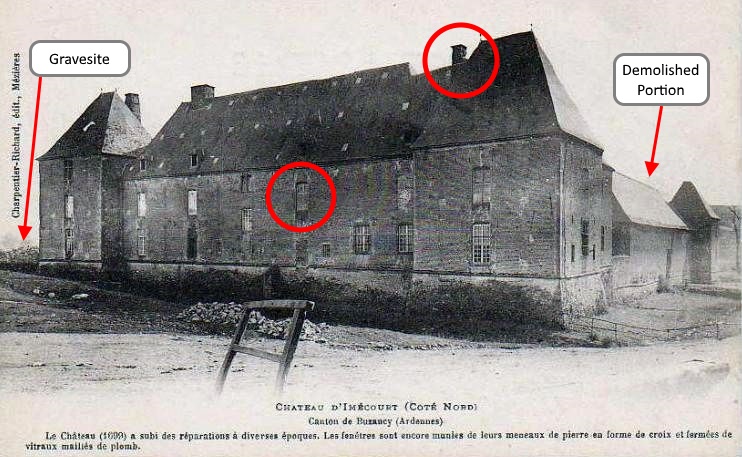
A view of the Chateau from the road shows the western side was indeed demolished. Russell’s grave was therefore on the other side of the northeast corner of the building, shown here behind the building near the center of the picture.
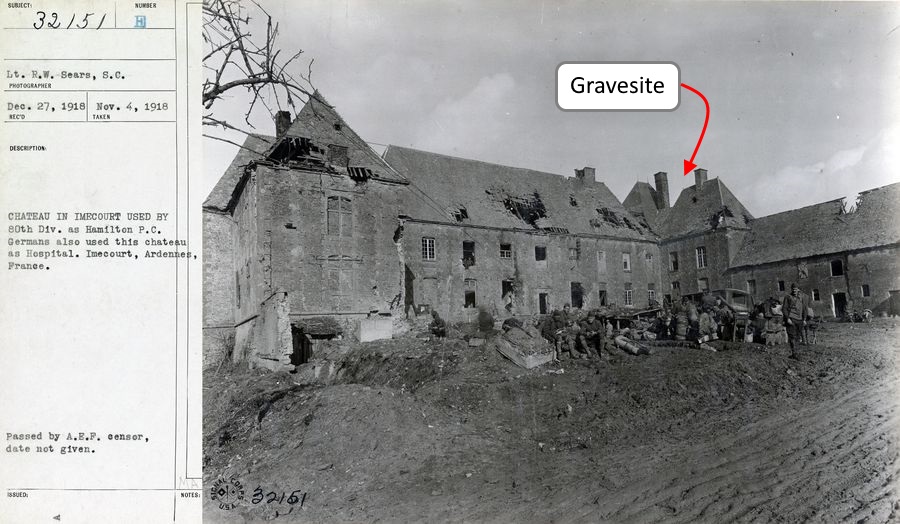
The above photograph can be compared with an earlier view.9 I have yet to find a view of the southern side of the Chateau.
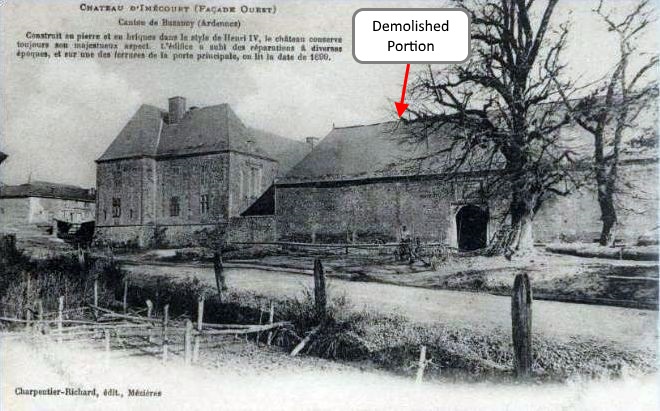
The Chateau d’Imécourt no longer exists. It was used by the US Army for some period after the war. One report indicates that while it was occupied, an accidental fire destroyed the structure. Today the site (on the right) is used for farming operations.
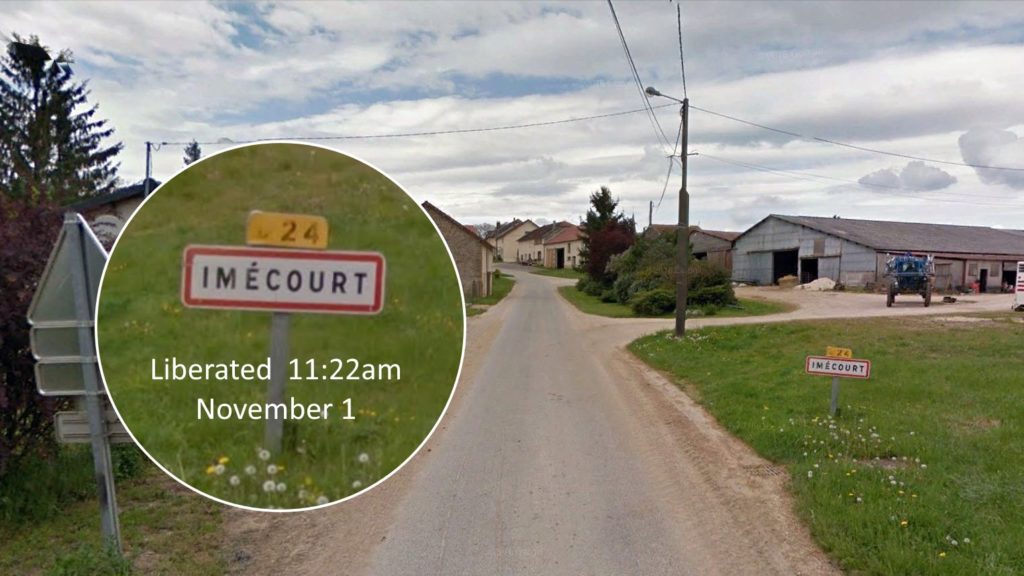
I added the 1919 grave survey as an overlay to a modern satellite image. This shows the approximate location where the Chateau stood.
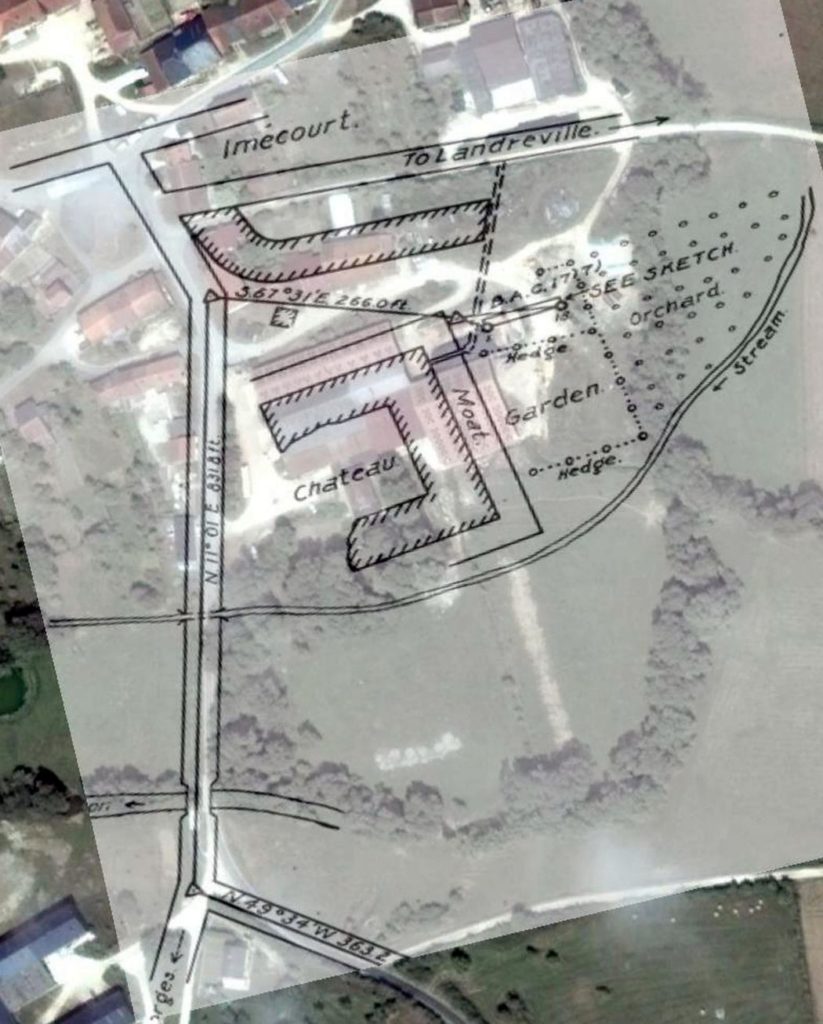
Here is another cemetery. It is probably similar to the area where Russell was initially buried:
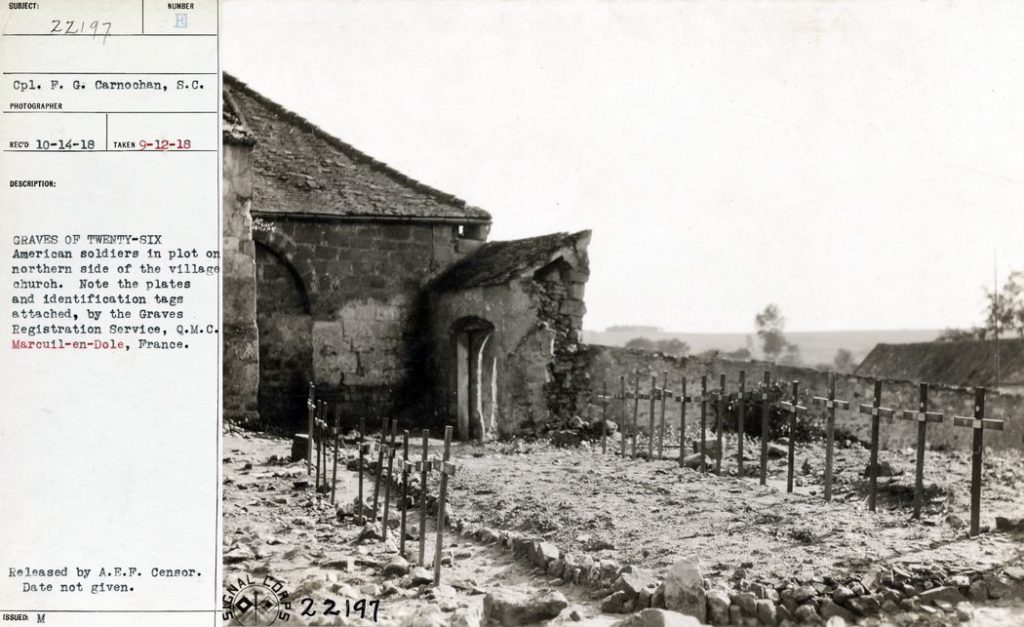
Russell’s grave was likely marked with his identification “dog” tag, similar to the grave of Albert William:
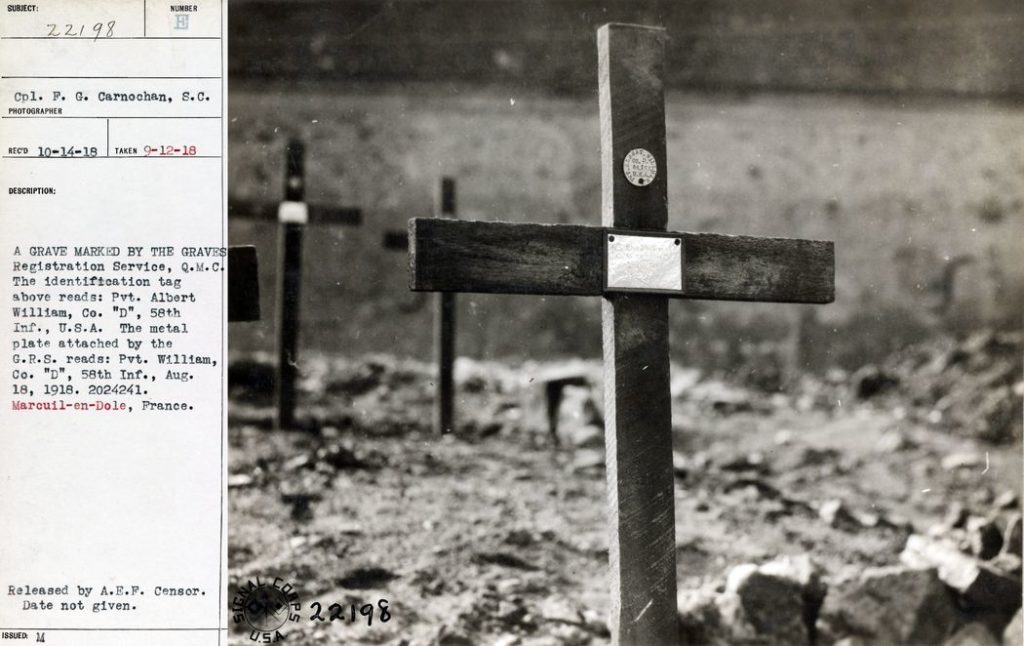
The grim task of exhuming and reburying soldiers was given to the Graves Registration Service, which was composed primarily of black soldiers.

- Buzancy 1:20,000, Sheet 60, Pritzker Military Museum and Library, Hunter Collection, Map 00857, Item 600996, OCLC 932128955 (http://cdm16630.contentdm.oclc.org/cdm/ref/collection/p16630coll8/id/134 : viewed September 6, 2018).
- War Department. Office of the Quartermaster General. Cemeterial Division. “Initial Burial Plats for World War I American Soldiers, 1920 – 1920.” Record Group 92: Records of the Office of the Quartermaster General, 1774 – 1985. National Archives Catalog (https://catalog.archives.gov/id/12007376 : downloaded 27 May 2019), 1919-3/15/1922.
- Records of the Office of the Quartermaster General, 1774 – 1985. “Card Register of Burials of Deceased American Soldiers, 1917 – 1922.” Record Group RG 92, NAID 6943087. National Archives Catalog (https://catalog.archives.gov/id/6943087 : downloaded 27 May 2019), Stanysewski – Stockhoff, #1363 and #1364.
- Dennis Stewart, MyHeritage.com, Robert M. Stewart Family (https://www.myheritage.com/site-148784861/robert-m-stewart-family : Downloaded 23 June 2016), Thomas Russell Stewart.
- Jim Tipton, Find A Grave (http://www.findagrave.com/ : Downloaded 30 May 2016), PVT 1CL Russell T. Stewart, Memorial 55961495.
- United States National Archives, Meuse-Argonne Offensive, September 26 to November 11, 1918, 80th Division, National Archives Identifier: 24921, Local Identifier: 111-H-1419, YouTube (https://www.youtube.com/watch?v=ZZ6PtbHehcw : viewed November 11, 2018).
- United States, War Department. Army War College. Historical Section. World War I Branch. ca. 1918-ca. 1948, Record Group 111: Records of the Office of the Chief Signal Officer, 1860 – 1985, National Archives Catalog. (https://catalog.archives.gov/ : downloaded November 11, 2018). To find an individual image, search for “111-SC-nnnnn”, where nnnnn is the photograph number.
- Geneanet, Carte Postale. (https://www.geneanet.org/cartes-postales/view/319707#0 : downloaded 30 May 2019).
- Geneanet, Carte Postale. (https://www.geneanet.org/cartes-postales/view/319708#0 : downloaded 30 May 2019).

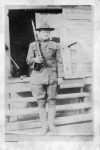
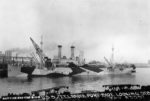
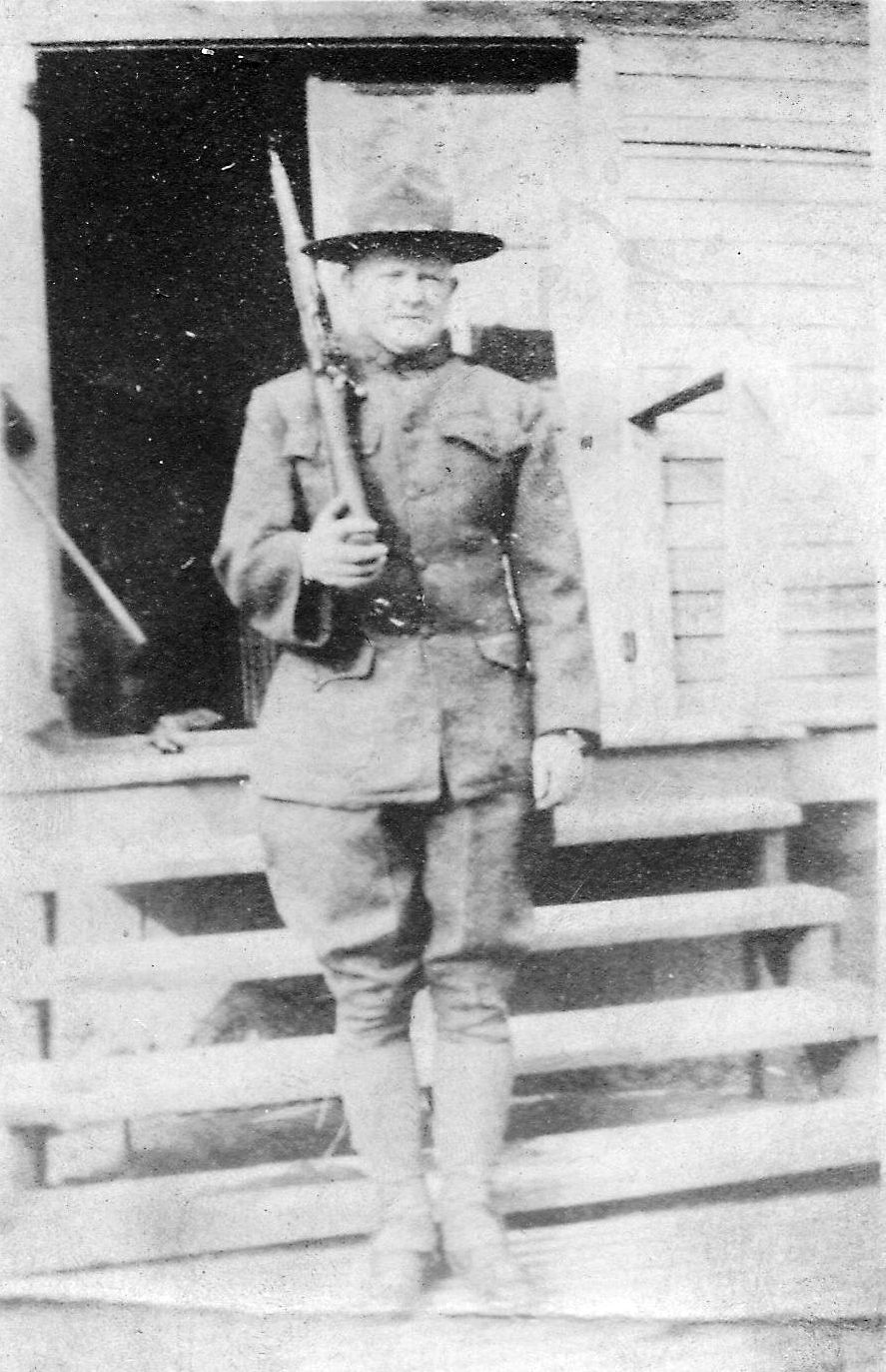


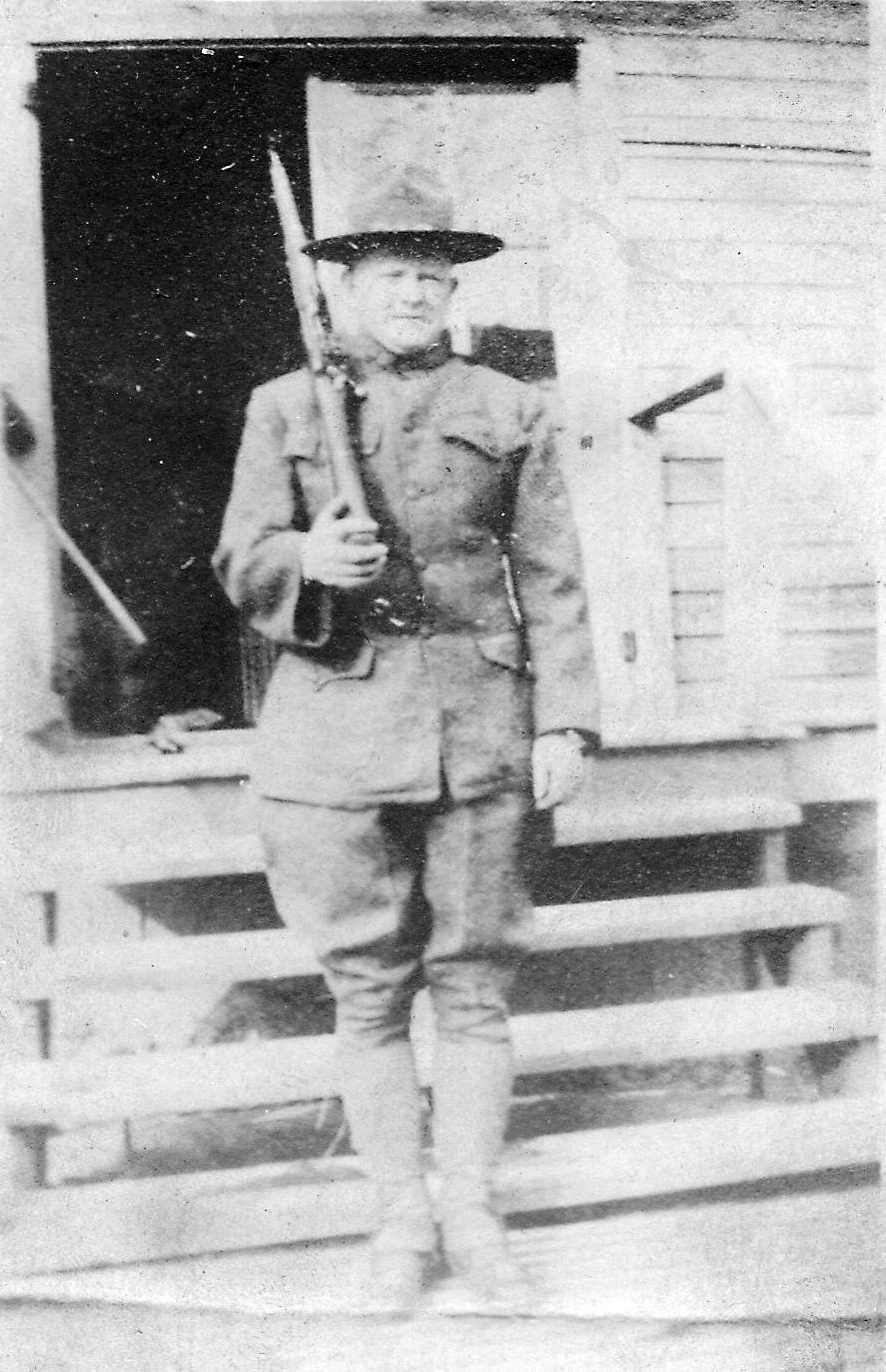

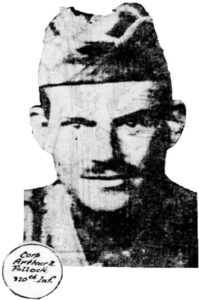

Bonjour Mike
je continue à découvrir des choses sur Imécourt en suivant ton travail…
thank you !
François